“The current situation in Khuzestan cannot be controlled with existing methods,” wrote Dr. Mohammad Esmail Motlagh, an advisor to Health Minister Saeed Namaki, on February 21. In his missive to the authorities, the senior medic asked for a two-week complete quarantine of Khuzestan amid an “unrestrained” surge of coronavirus infections in the province.
ICU wards in Khuzestan’s provincial capital of Ahvaz are at capacity and every hospital in the city is currently engaged in treating Covid-19 patients. But Ahvaz is not alone in this respect and other cities in the province are in a similar situation.
The borders between Khuzestan, and the two western provinces of Kermanshah and Ilam, with Iraq have been closed until further notice to prevent more cases of infection from coming in and until the government decides what to do about testing and quarantining travelers at the border.
In spite of this dire situation, the government rejected the call for an urgent and complete quarantine of Khuzestan. In the meantime, it was reported that young people in the province have proven more prone to infection by the coronavirus variant identified in Britain, and the Pasteur Institute has confirmed that two children, a one-year-old and a nine-year-old, have died from Covid-19 contracted from this variant in Khuzestan.
In his letter, Dr. Motlagh wrote that all businesses and services in the province, except essential ones, should be locked down completely for two weeks and the time should be used to provide hospitals with more facilities and beds, to set up recuperation facilities and to find replacement staff for health workers who have been infected and can no longer work. However, it seems the government did not agree with his proposal.
Only One Place to Test for the Coronavirus Variant
It is only the Pasteur Institute in Tehran that can presently conclusively determine whether a patient anywhere in Iran has been infected with the original strain of SARS-CoV-2 or the variant. Hospitals must send samples to Pasteur Institute, a laborious and time-consuming process. As a result, it is almost certain that infections with the variant are going underreported. So far, the institute has confirmed only 62 such cases of infection.
According to Alireza Raeesi, spokesman for the National Coronavirus Taskforce, these confirmed cases were identified in the seven provinces of Tehran, Khuzestan, Hamedan, Alborz, Qazvin, Fars and Hormozgan. Of these, four patients have died in Ahvaz, two in Tehran and one in Hamedan.
Iranian Vaccine “90 Percent Effective”
Mohamad Reza Salehi, head of clinical trials for CovIran-Barekat, said on February 21 that immunogenicity tests on 35 of the volunteers who took part in the first phase of clinical trials of the vaccine had shown better-than-expected results. “Preliminary results show that about 90 percent of the people who received two doses of the vaccine exhibit evidence of immunity,” he said, adding that more testing will be needed for more accurate results. Iranian officials had previously claimed that CovIran Barekat was “100 percent effective” against the Covid-19 variant first detected in the United Kingdom.
The first of the 56 volunteers who were accepted for the first phase of clinical trials were injected in late December, and by earlier this month all volunteers had received both doses. The second phase of clinical trials is expected to start before the end of the current Iranian calendar year on March 20, and take place through to May.
At the same time, Deputy Health Minister Iraj Harirchi said the Covid-19 vaccine that is being developed jointly by Iran and Cuba will be used sooner than other domestic vaccines. “The joint production of coronavirus vaccine between Iran and Cuba will get its final results ahead of other vaccines and will be used in the country sooner than other vaccines as well,” he said. “With the studies conducted on this, vaccine production between the two countries may enter the implementation phase by the end of April.”
Iran’s Latest Coronavirus Statistics
In her daily briefing for February 21, Health Ministry spokeswoman Dr. Sima Sadat Lari announced the official coronavirus statistics for the past 24 hours:
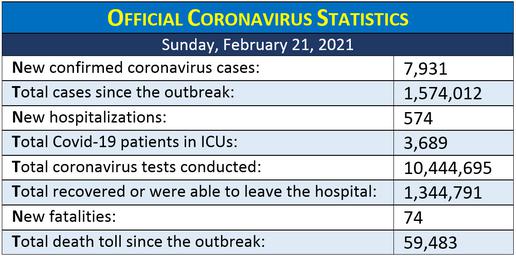
Provinces Round-up
According to the latest figures announced by Dr. Lari, 11 Iranian cities are currently in a red state of alert, while 52 cities are in an orange state of alert, 217 cities are on yellow alert and 168 are rated blue.
All cities in a state of red alert are in the province of Khuzestan and with eight cities also on orange alert, Khuzestan is currently the hardest-hit province in the country. Dr. Farhad Abolnejadian, the president of Ahvaz Jondishapur University of Medical Sciences and director of Khuzestan Coronavirus Taskforce, reported that the first case of infection with the coronavirus variant was detected in a man travelling from the Netherlands to Khuzestan. Besides this traveler, 82 other passengers on the same plane who lived in Tehran, and nine residents of Ahvaz – including his sisters, who had gone to welcome him home – have been traced and asked to quarantine at home.
According to Dr. Abolnejadian, 10 more samples were sent to Tehran’s Pasteur Institute to test for the coronavirus variant. Nine came back positive, two of them were from the city of Abadan, but further tests found more cases of infection with the variant in other cities of Khuzestan. Dr. Abolnejadian warned that some people outside Iran have been buying and selling negative PCR (polymerase chain reaction) test results, and for this reason Khuzestan has closed its borders with Iraq until it is decided how to adequately test and quarantine people who are entering from that country.
Currently 6,000 coronavirus tests are being conducted a day in Khuzestan and in some parts of the provincial capital of Ahvaz, buses have been turned into ambulances so people can get tested quickly. “Medical facilities in Ahvaz can no longer help other cities,” said Dr. Abolnejadian. “We have told other cities to hospitalize their own patients and only send those who are in a grave condition to Ahvaz.”
In the past 24 hours 1,579 people with Covid-19 symptoms visited hospitals in the province. Currently 984 Covid-19 patients are being treated in hospitals in the province, 254 of them in ICUs. According to Dr. Abolnejadian, of the 3,884 coronavirus tests that had been performed in Khuzestan at the time he spoke on February 21, 957 or 24 percent of them had come back positive.
“We should expect a possible new peak in Tehran province”, warned Dr. Alireza Zali, director of Tehran Coronavirus Taskforce, pointing out that the number of infections, outpatients and inpatients has not been falling since early February. He also reported that the number of infections among younger people has been increasing.
In the past 24 hours, another 362 new Covid-19 patients were hospitalized in Tehran province and 100 of them were sent directly to intensive care units. Currently 2,062 Covid-19 patients are hospitalized in 108 hospitals in the province, 860 of them in ICUs. The number of known outpatients in the past 24 hours came to 5,800.
In Qazvin, where both the original coronavirus and its variant are active, Qazvin University of Medical Sciences reports that 136 new Covid-19 cases were identified and 31 of them hospitalized on February 21, bringing the total number of inpatients in the province to 210. Of these patients 19 are breathing through ventilators and, with the death of another Covid-19 patient, the official death toll in Qazvin has reached 1,306.
Mazandaran was hard hit with the third wave of coronavirus and fears of a fourth wave still persist. But in the past week the number of infections in the province has been falling. According to the latest figures, 94 new Covid-19 patients were hospitalized in the past 24 hours and currently 816 inpatients are being treated in hospitals operated by the Mazandaran and Babol Universities of Medical Sciences. Of this number 198 are in ICUs.




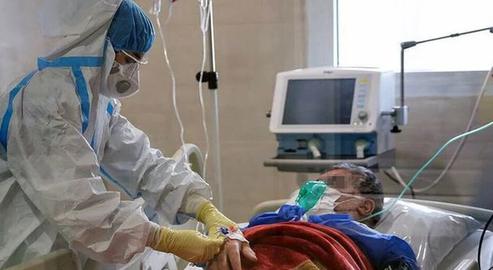
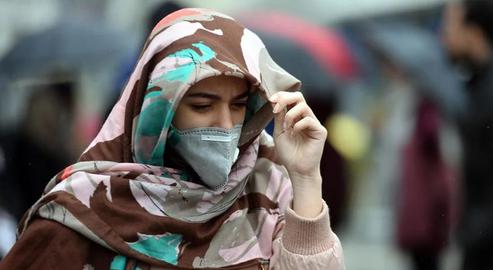
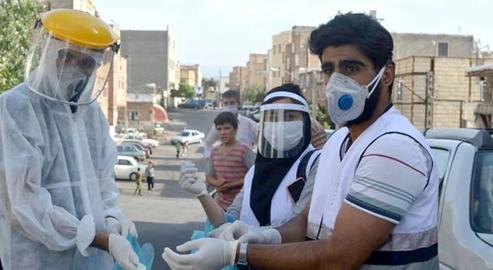




















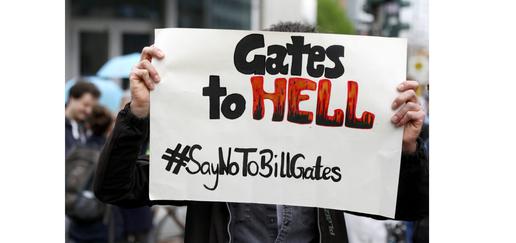
comments